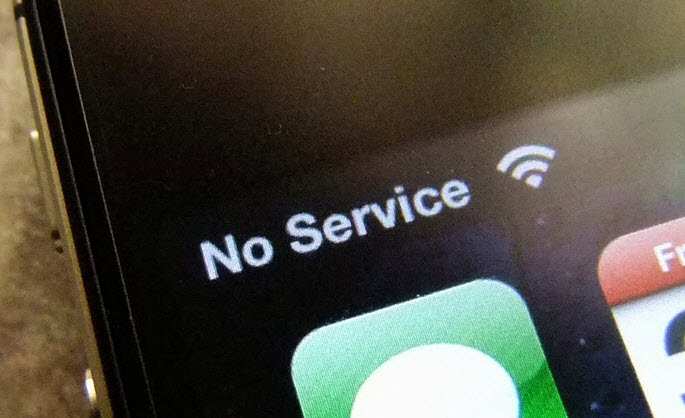
Blacklisting of smartphones is a relatively new phenomenon. To stop mobile theft, carriers started maintaining databases of lost or stolen devices based on IMEI. In the past, there was a huge market for pre-owned iPhones. Unsuspecting buyers wouldn’t know if the used iPhone was lost or stolen. With the advent of IMEI blacklist mechanism, you can easily check if the iPhone you are planning to buy is blacklisted.
Who maintains the IMEI blacklist?
It is not the manufacturer who maintains the blacklist database, the mobile carriers are the ones who do it. Once a phone has been blacklisted by a carrier, the manufacturer can’t do anything.
Therefore, it is important to notify the mobile carrier immediately once an iPhone is lost or stolen. The carrier provider then blacklists the IMEI making the device pretty much useless. There are also some other reasons due to which the device may get blacklisted. For instance, due to non-payment of bill for long time, the service provider can blacklist the phone. Other common scenario is when you tamper with the phone’s firmware, there are chances of the device getting blacklisted.

Need for blacklisting
As stated earlier, the primary reason why blacklisting came into existence was to counter mobile theft or misuse. IMEI of a phone is more than just a number, it is a device level lock. Once an IMEI is blacklisted, the device cannot be resold. One can easily track stolen iPhones by means of IMEI, there are lot of tools online like this free IMEI tracker. The blacklisting serves dual purpose. Firstly, it deactivates the phone and then helps trace down culprits with the help of IMEI tracking.
Brief history about blacklisting
It is difficult to put an exact date on when blacklisting of phones started but evidence suggests that it all began in 2002 in Europe. Later on in 2004, the governing body for GSM mobile service providers made active efforts to strengthen the blacklisting of stolen phones. Nearly a decade later, telecommunication authorities across the globe developed similar blacklists like Canada’s CWTA Blacklist and USA’s CTIA database.
It is basically a shared database which is used by multiple counties across globe to track stolen phones.
Blacklisting certainly decreased the mobile theft over last decade as per statistics.
What happens to iPhone after blacklisting?
A blacklisted iPhone cannot be re-activated on any mobile carrier in any part of the globe unless it is removed from blacklist. This also prevents smuggling of stolen phones across borders. Apple has also recently introduced the activation lock feature which works very well but blacklisting is the best mechanism to prevent misuse. Now, it is unclear if the IMEI can be removed from blacklist. There are many online services which claim to specialize in removal from blacklist but the credibility of such sites is questionable. Since, there can be legal implications of re-activating a blacklisted IMEI via fraudulent agencies. It is best to contact the concerned carrier or telecom provider about a particular IMEI and they will check the history to determine if it is safe to re-activate it.

